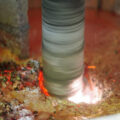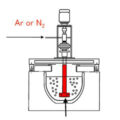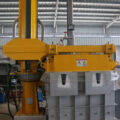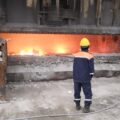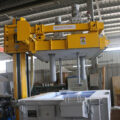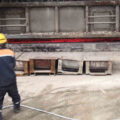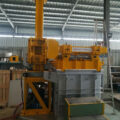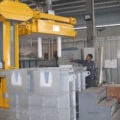Rotary Degassing With Nitrogen was first applied to continuous refining in large melting furnaces. The inert gas is passed into the liquid through a specially designed rotating rod and blades. The rotation of the nozzle and the shearing effect of the blades make the inert gas bubbles uniformly dispersed in the crucible liquid. At the same time, a vortex is formed in the deep part of the liquid to rise slowly, so that there is the largest contact area between the bubble and the liquid, which creates favorable conditions for effective hydrogen removal and slag removal.
In addition, there is no chemical reaction between inert gas and molten aluminum, and there is no passivation film on the surface of the bubbles, which can easily adsorb hydrogen and oxidized slag, and float to the liquid surface by the buoyancy of the bubbles. In addition, the gas is sheared by the rotating blades, the bubbles are distributed extremely uniformly in the melt, and the melt is reasonably agitated, thus significantly expanding the interface and scope of action, extending the action time, and increasing the diffusion of hydrogen into the bubbles. The concentration gradient of mass transfer strengthens the role of hydrogen removal and slag removal.
The strong stirring in the deep part of the molten pool also promotes the accumulation of small slag inclusions and facilitates the removal of floatation. The liquid surface of the alloy only rotates steadily without strong tumbling, so there is less slag formation and less air suction.
People spray the powdered refining agent with chloride and inert gas into the bottom of the crucible together, and achieve the purpose of degassing and slag removal through a series of physical and chemical effects. The gas and slag inclusions in the liquid are significantly reduced, and the hydrogen removal and slag removal effects are significant. This is because while the rotating spray is performed, the rotating blades of the nozzle shear the gas while also dispersing the refining agent evenly in the liquid in the crucible. The various parts of the aluminum liquid make the refining agent react more fully with the gas in the aluminum liquid, and the action time is prolonged, which is more conducive to removing the inclusions and gas in the aluminum liquid.
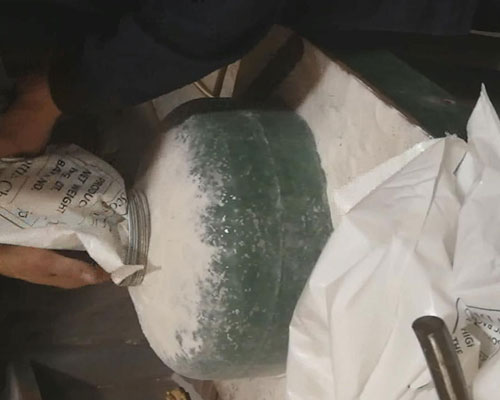
In the process of testing, by using the same refining agent, under the condition that the weight of the refining agent and the degassing time are the same, compared with manual degassing, the alloy slag inclusion status and pinhole degree after degassing. The levels are very different. This is because the refining agent and inert gas are injected into the liquid through specially designed rotating rods and blades. Using the rotation of the nozzle and the shearing action of the blades, the refining agent and the inert gas are uniformly dispersed in the melt at the same time. The uniform dispersion degree is very different from the manual degassing uniform dispersion degree. During the degassing process, observe the surface of the molten aluminum The degree of boiling can be seen. The size and boiling degree of bubbles on the liquid surface are basically the same when rotating jet degassing, while the size of bubbles on the liquid surface does not boil when manually degassing. For the same weight of refining agent, the difference in action time is nearly 1/3.
Compared with the traditional aluminum alloy liquid purification process, the Rotary Degassing With Nitrogen purification technology has the following advantages:
- Promote the homogenization of the alloy chemical composition and reduce the segregation of alloy elements;
- Reduce quality fluctuations caused by human factors, good purification effect, and high production efficiency;
- It reduces air pollution, improves the labor environment, and reduces the labor intensity of workers.


